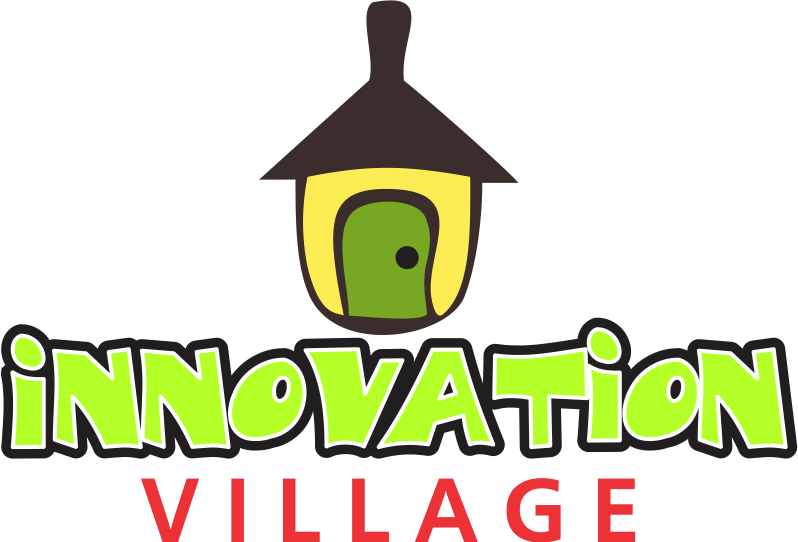Just 48 hours after OpenAI unveiled its new Atlas browser, Microsoft has introduced a strikingly similar concept — a fully integrated AI-powered browsing experience through Copilot Mode in its Edge browser.
The update, announced on Thursday, expands Microsoft’s existing AI assistant features into what the company now calls an “AI browser.” Mustafa Suleyman, CEO of Microsoft AI, described the evolution as “your dynamic, intelligent companion.” He explained that, with user permission, Copilot can now analyze open tabs, summarize and compare information, and even take actions such as booking hotels or filling out forms.
Originally launched in July with basic voice and search functions, Copilot Mode didn’t gain much attention. The latest update changes that, introducing “Actions” — which enable Copilot to perform user-driven tasks — and “Journeys,” which track relationships between open tabs to help users connect ideas and revisit workflows more efficiently.
The announcement closely mirrors OpenAI’s recent debut of the Atlas browser, which shares a similar visual design and user flow. Both products integrate AI assistance into browsing rather than relying on extensions or standalone chatbots. The timing — just two days apart — has fueled conversations across the tech community about competition and convergence in the AI race.
While Microsoft’s Copilot Mode reflects a natural evolution of its productivity-focused AI strategy, the similarities with Atlas are hard to overlook. Side-by-side demos show nearly identical layouts — a minimalist tab view with an embedded chatbot interface. The key differences lie in their ecosystems: Copilot runs on Microsoft’s infrastructure and large language models, while Atlas builds on OpenAI’s GPT framework.
Ultimately, this week’s dual announcements underline a new chapter in the AI arms race — one where the browser itself becomes an intelligent platform. Whether users gravitate toward Microsoft’s ecosystem or OpenAI’s offering may depend less on design and more on performance, privacy, and integration across their daily digital habits.


